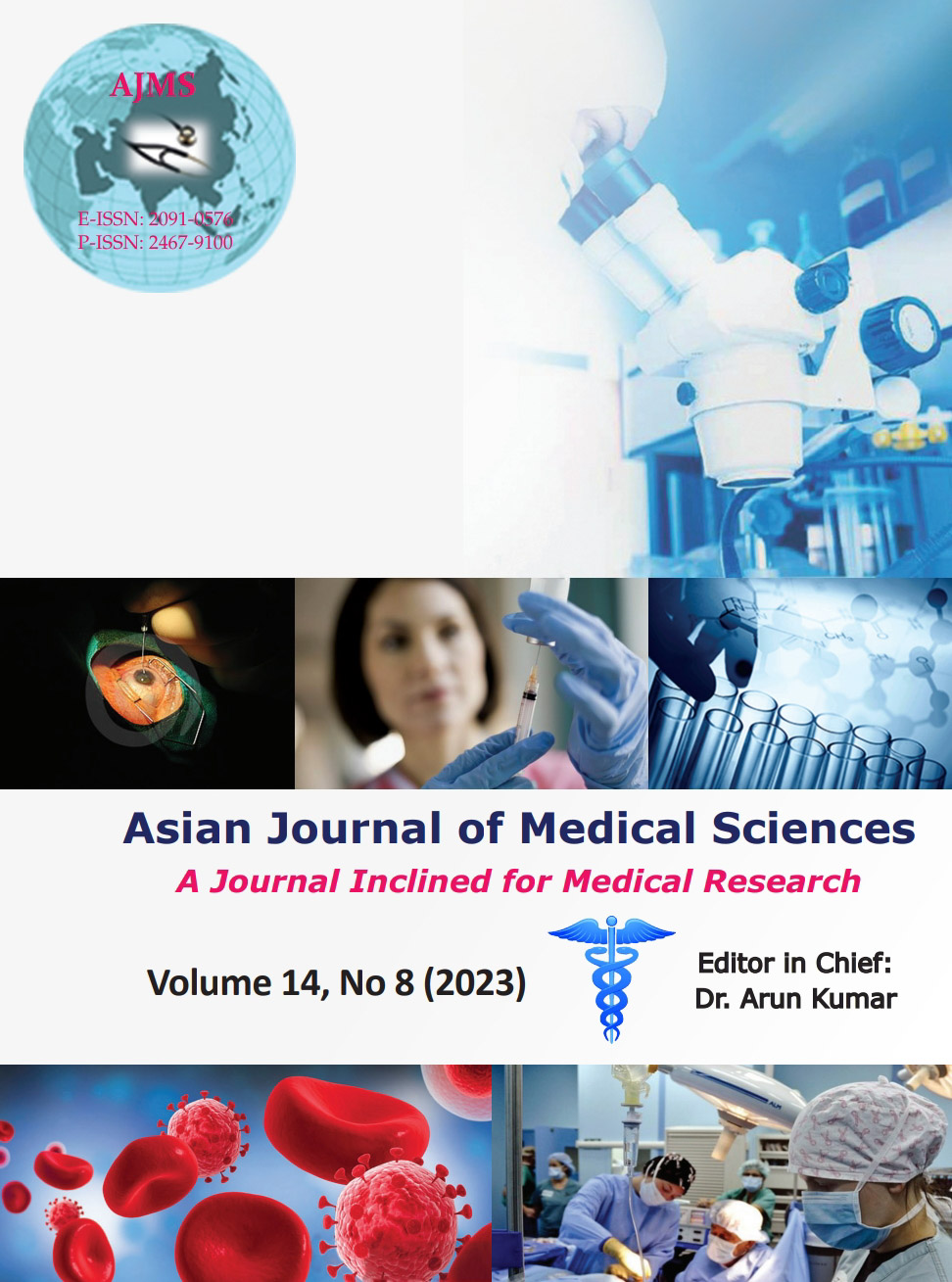Protective effects of Majun Brahmi on aluminium-induced cognitive impairment in rats: Biochemical and behavioral changes
Keywords:
Cognitive impairment; Morris water maze; Passive avoidance test; Elevated plus maze; Majun Brahmi; Oxidative stressAbstract
Background: The Unani formulation Majun Brahmi (MB), a combination of herbs, is used in India as a brain tonic and memory enhancer. Aluminium deposition in the brain is associated with the development of neurodegenerative diseases.
Aims and Objectives: The present study was designed to observe that the effects of MB have been evaluated on aluminium trichloride
or aluminium chloride (AlCl3)-induced cognitive impairment in an experimental rat model.
Materials and Methods: Twenty male Wistar albino rats were divided into four groups of five rats each. AlCl3 was administered orally for 30 days to induce cognitive impairment. Group I received saline, Group II-AlCl3 (100 mg/kg b.wt), Group III-MB (1027.77 mg/kg b.wt), and Group IV-AlCl3 + MB (100 mg/kg b.wt+1027.77 mg/kg b.wt). At the end of the experiment, rats were subjected to behavioral and biochemical assessments.
Results: Animals treated with AlCl3 showed a significant increase in time to reach the platform in the Morris water maze test (MWM), prolonged transfer latency (TL) in the elevated plus maze, and decreased step-down latency in the passive avoidance test, as compared to controls (P<0.01). Cotreatment with MB resulted in a reduced time to reach the platform in MWM, increased step-down latencies, and decreased TL. AlCl3 induction significantly increased malondialdehyde and decreased superoxide dismutase, glutathione reductase, glutathione, total antioxidant capacity, and catalase levels. Concomitant administration of MB significantly attenuated the effects AlCl3 on lipid peroxidation and restored the reduced antioxidant parameters.
Conclusion: The study provides strong evidence for the potential use of MB in the treatment of neurodegenerative disorders like Alzheimer’s disease.
Downloads
Downloads
Published
How to Cite
Issue
Section
License
Copyright (c) 2023 Asian Journal of Medical Sciences

This work is licensed under a Creative Commons Attribution-NonCommercial 4.0 International License.
Authors who publish with this journal agree to the following terms:
- The journal holds copyright and publishes the work under a Creative Commons CC-BY-NC license that permits use, distribution and reprduction in any medium, provided the original work is properly cited and is not used for commercial purposes. The journal should be recognised as the original publisher of this work.
- Authors are able to enter into separate, additional contractual arrangements for the non-exclusive distribution of the journal's published version of the work (e.g., post it to an institutional repository or publish it in a book), with an acknowledgement of its initial publication in this journal.
- Authors are permitted and encouraged to post their work online (e.g., in institutional repositories or on their website) prior to and during the submission process, as it can lead to productive exchanges, as well as earlier and greater citation of published work (See The Effect of Open Access).




